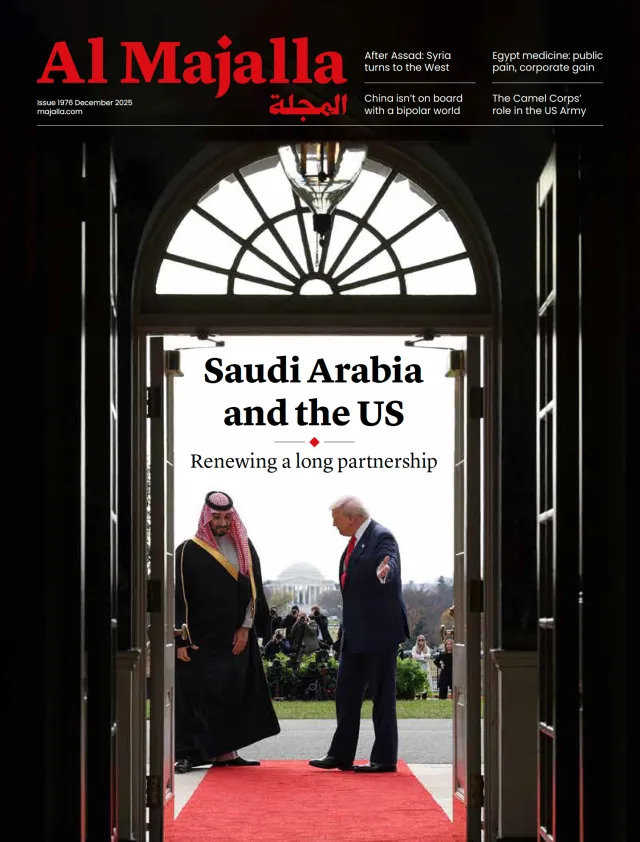Nearly two months after the fall of the Assad regime, the contours of a new Syria are beginning to take shape. In his first address since being declared interim president, Ahmed al-Sharaa outlined his agenda for the coming period.
One of his most pressing priorities will be to form a new army and integrate Syria’s armed factions. Given the scale and weight of this challenge, Al Majalla chose to zoom in on the issue for its February Cover Story. Syria’s descent into civil war following the 2011 uprising against the regime led to the proliferation of dozens of military factions, along with regional and foreign interventions, which drew American, Russian and Turkish military presence in the country. More recently, Israel has carved out a presence in Syria’s south.
Choosing a path
Over the past two months, two visions for Syria's direction have been put forth. The first advocates for a “constitutional legitimacy,” whereby a national dialogue conference would convene to establish a constitutional authority and outline a transitional process under al-Sharaa’s leadership.
The second asserts “revolutionary legitimacy,” proposing that the leaders of Hay'at Tahrir al-Sham (HTS) and the armed factions responsible for al-Assad’s downfall convene to make decisive rulings that would close the chapter on the Assad regime—its institutions and security apparatus—and lay the groundwork for the next phase.
Central to this vision is the formal appointment of al-Sharaa as transitional president, entrusting him with the formation of a legislative body, the proclamation of an interim constitution, the designation of a preparatory committee for the national conference, and the appointment of a transitional government leader.
After extensive consultations, the second vision won out. On 29 January, dubbed as 'Victory Day', al-Sharaa addressed the nation before embarking on his first foreign visits—first to Saudi Arabia, then to Türkiye—after previously receiving the Emir of Qatar in Damascus. These three high-level meetings gave a clear indication of the new direction of Syria's foreign policy.




